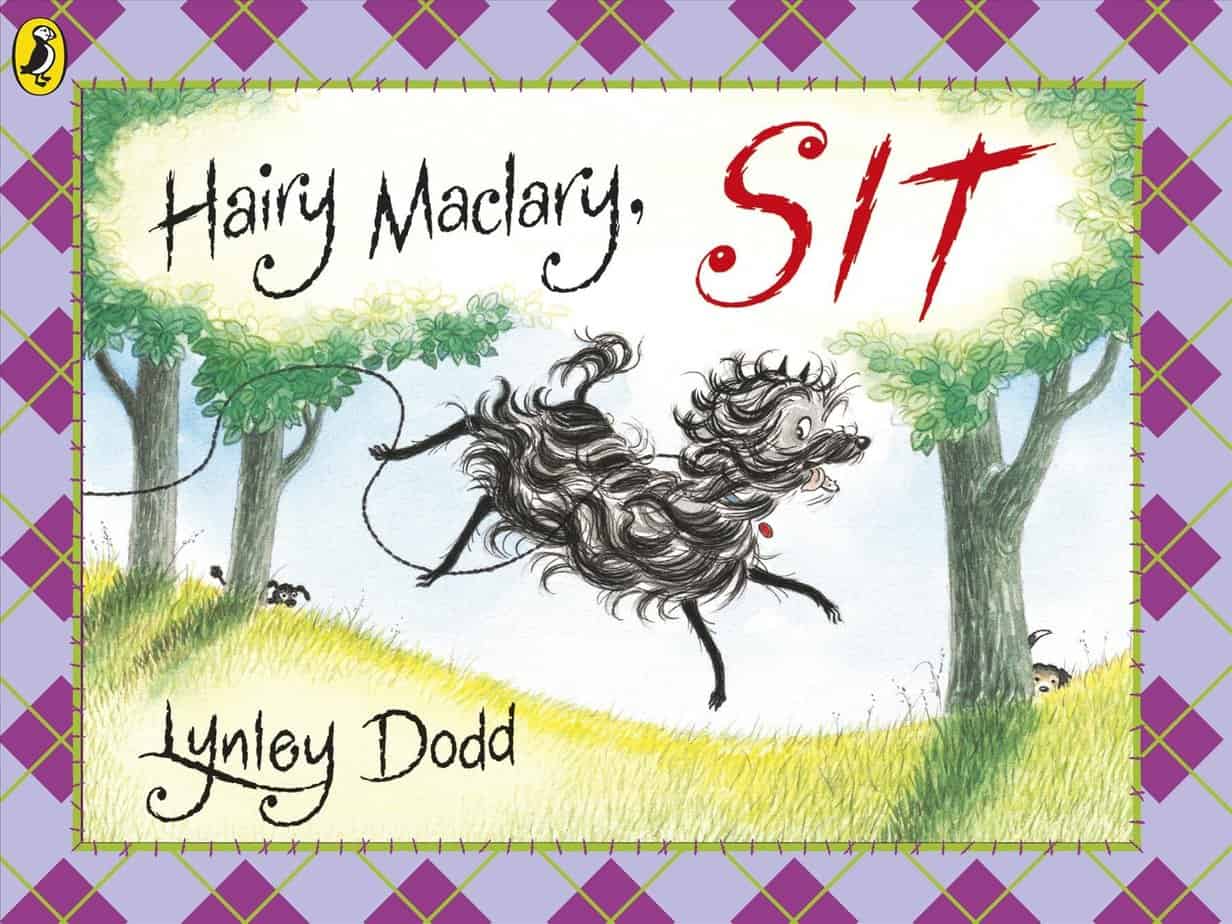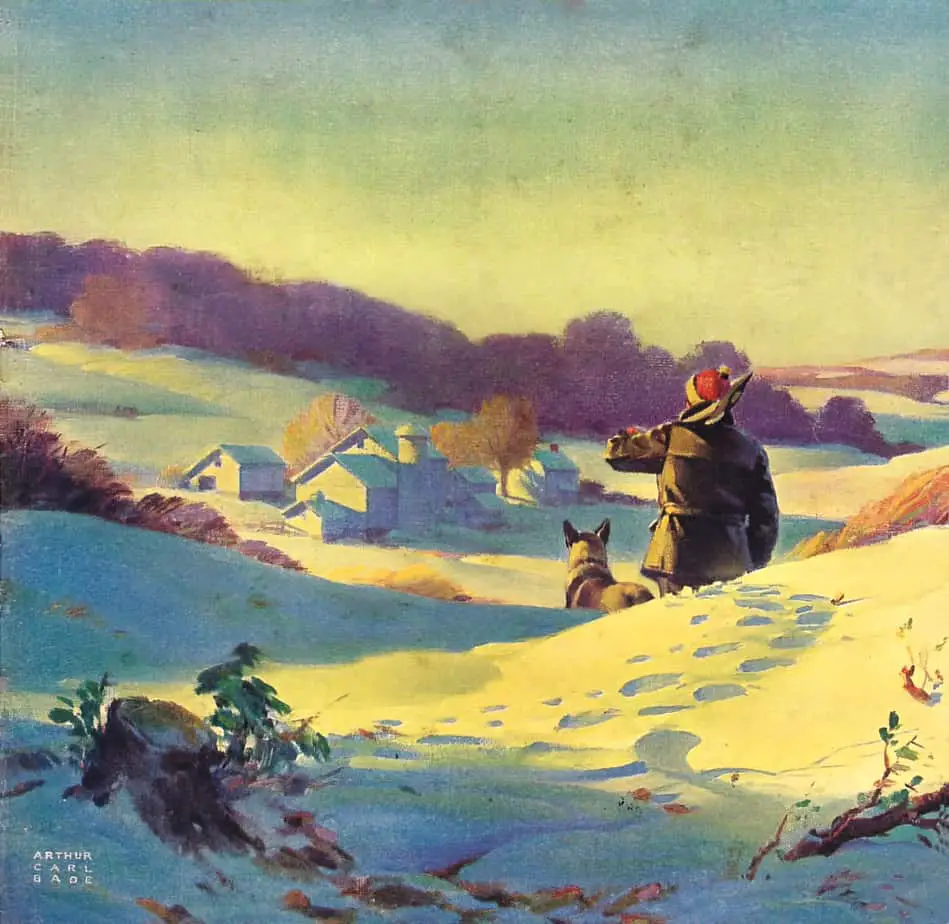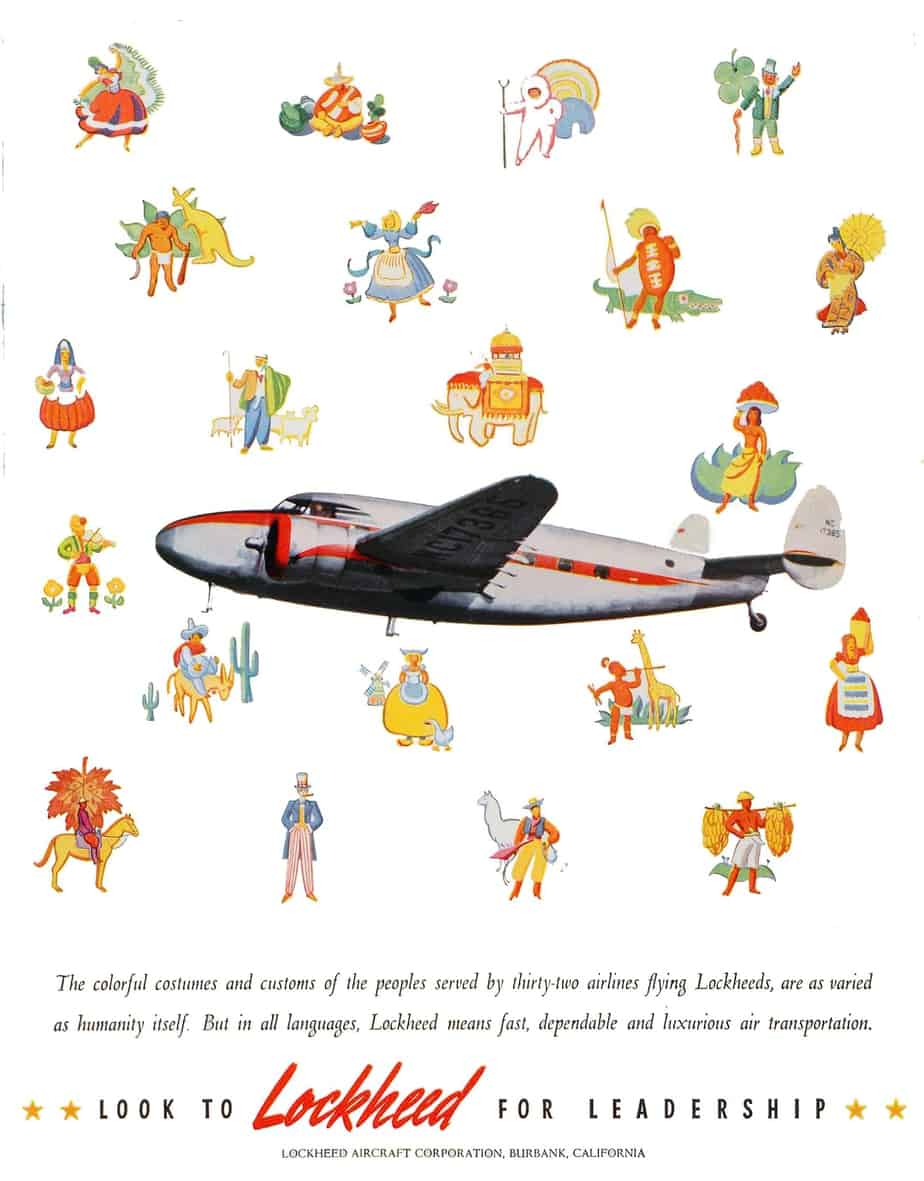-
Hairy Maclary, Sit by Lynley Dodd Analysis

Hairy Maclary, Sit! (1997) is a carnivalesque rhyming picture book written and illustrated by New Zealand storyteller Lynley Dodd. The story follows on from the immensely popular Hairy Maclary From Donaldson’s Dairy (1983).
-
Schnitzel von Krumm’s Basketwork by Lynley Dodd Picture Book Analysis

Schnitzel von Krumm’s Basketwork is a children’s picture book by New Zealand author-illustrator Lynley Dodd, first published in 1994. The star and only character of this one is… Schnitzel von Krumm… already familiar from the uber-successful Hairy Maclary from Donaldson’s Dairy. Schnitzel von Krumm of course puts the reader in mind of crumbed schnitzel, a […]
-
Arnold Lobel’s Frog and Toad: A Case Study In Kindness

Conflict, conflict, conflict. Writers seeking storytelling advice are constantly bombarded with the message: Every story needs conflict; nay, every scene! But is this really true? When advice-givers say ‘conflict’, what are they really talking about? Successful stories don’t need conflict… if conflict means arguing, wrestling and wishing each other dead. Stories need opponents. Here’s the […]
-
Dog, Cat and Baby by Joe R. Lansdale

“Dog, Cat and Baby” is a very short story by Joe R. Lansdale, an American writer born 1951. This story is an excellent example of a double twist ending.
-
Bathroom As Horror: Here There Be Tygers by Stephen King
Toilets are inherently scary. This holds true across cultures, even though different cultures (and even genders) experience public toilets differently. Below I take a look at a short horror story by Stephen King with a few examples of toilet horror by other authors, in which the public bathroom is utilised for storytelling purposes as a […]
-
Hunting Dogs In Art and Illustration

These hunting dogs are mostly from 20th century magazines and show the vital role dogs have played in tracking and catching game.
-
Cows and Cowboys In Art and Storytelling

A collection of art featuring cows, then some cows with cowboys, leading into some cowboys.
-
Crocodiles and Alligators in Art and Storytelling

Sometimes they’re friendly, sometimes foe
-
Three by the Sea by Mini Grey Picture Book Analysis

Three By The Sea is a 2010 picture book by British writer-illustrator Mini Grey. This storyteller comes from South Wales, which is somewhat evident in the setting. The most widely borrowed picture book from Mini Grey is the wonderfully metafictional Traction Man series. This one has metafictional elements also, and offers plenty of picture book […]
-
Hunting And Trapping In Art And Illustration

Stalking Horse: a person or thing that is used to conceal someone’s real intentions. I heard this phrase used to describe a tactic used by Woolworths Australia, who installed a digital mirror at some self-serve check outs. They said that they were not retaining any images, and if customers don’t like it, customers were free to use the staffed […]
-
Mr Rabbit and the Lovely Present by Sendak and Zolotow Analysis

Mr Rabbit and the Lovely Present is a 1962 picture book written by Charlotte Zolotow and illustrated by Maurice Sendak. Zolotow and Sendak were both giants of American picture book world. Mr Rabbit and the Lovely Present was also a Caldecott Medal Honor Book, so it’s interesting to look through a contemporary lens and see […]
-
Collage Sheet Illustration In Picture Books

Crafters sometimes talk about ‘collage sheets’ and we can use this term to describe a certain type of picture book illustration. Basically, I’m talking about a piece of art which looks a lot like a sticker sheet, or, if you’re a generation older than modern adhesive, like a sheet of paper dolls, yet to be cut out. Think also of…
-
Women and Cats in Art

There is a strong link between women, girls and cats. In fiction, for instance, women are frequently described as cats (and also as birds).
-
Fully Anthropomorphised Cats In Art

Animals in picture books exist on a continuum between fully animal and fully human. To sit at the anthropomorphised end of that spectrum, the animal in question: wears clothes walks around on its hind legs talks displays human-like emotions lives in a house Beatrix Potter had a massive influence on illustrators all through the 20th […]
-
The Wind In The Willows by Kenneth Grahame Analysis

A man in the shape of a Mole’s body feels a yearning which can only be fulfilled by entering the most transgressive parts of his own psychology, externally represented by the Wild Wood. On his journey, he meets other men, each driven by their own secret (and not so secret) passions.